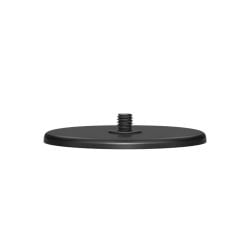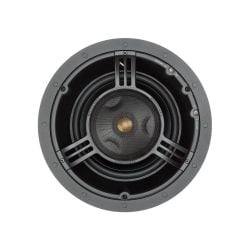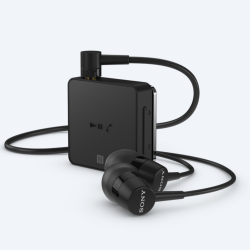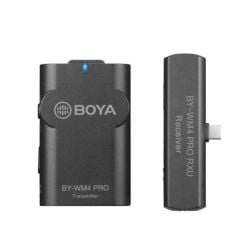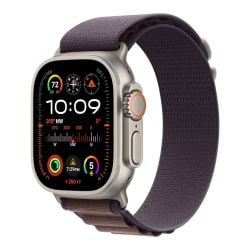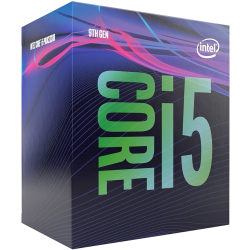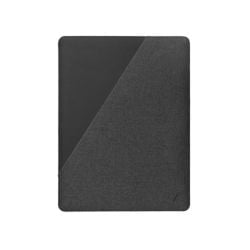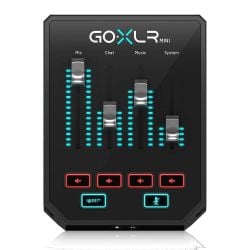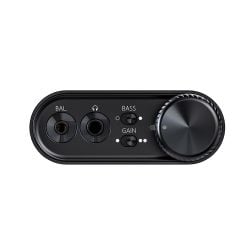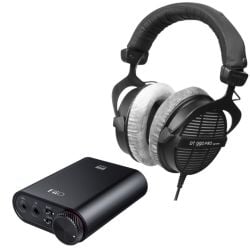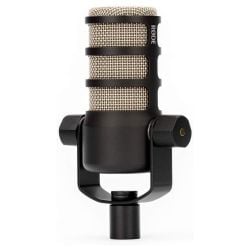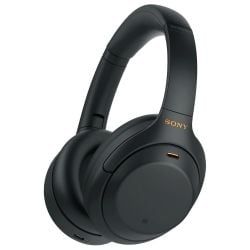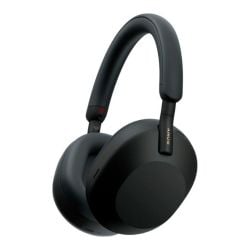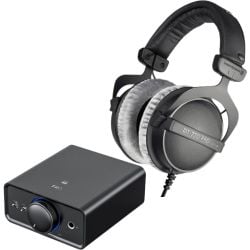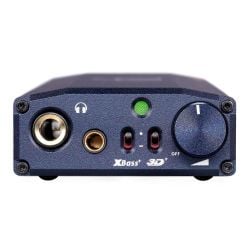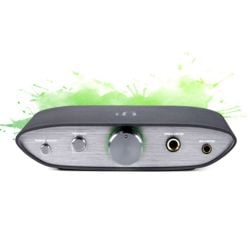Casio AT-3 Oriental Portable Keyboard
Elevate your music experience with the Casio AT-3 Oriental Portable Keyboard, designed to meet the needs of professional musicians and enthusiasts alike. With 61 piano-style keys, a wide range of tones and rhythms, and advanced features, the AT-3 is your perfect partner for creating, performing, and recording music.
Key Features:
- 61 Piano-Style Keys: Provides a natural and expressive playing experience, perfect for any skill level.
- Extensive Sound Library:
- 800 Built-In Tones: A diverse selection of sounds to bring your compositions to life.
- 250 Preset Rhythms: Covering a wide range of musical styles and genres.
- Advanced Sequencing & Mixing:
- 16-Track Sequencer: Allows multi-layered recordings for detailed music production.
- 32-Channel Mixer: Offers precise control over each layer of your composition.
- Punch In/Out Recording: Easily make edits during playback without starting over.
- Onboard Digital Effects: Enhance your music with professional-quality effects for a polished sound.
- SD Memory Card Slot: Save and transfer your music with ease, supporting seamless workflow.
- Built-in Metronome: Helps maintain perfect timing for practice and performance.
- Built-in Speakers: Deliver rich and powerful sound, eliminating the need for external amplification.
- Dual Power Options: Operates on batteries for portability or an AC power supply for extended use.
Why Choose the Casio AT-3 Oriental Portable Keyboard?
Whether you’re practicing at home, performing on stage, or recording in the studio, the AT-3 combines flexibility, innovation, and top-notch sound quality to cater to all your musical needs. Its oriental tones and rhythms add a unique cultural dimension, making it a standout choice for diverse music genres.
Recommended Products
Customer Also Viewed
Samma3a Review
Technical Specification
Keyboard Features
- Keys: 61 standard-size keys with touch response (2 types, Off)
- Maximum Polyphony: 64 notes (32 for certain tones)
- Tones:
- Built-in: 800
- User-Created: Up to 100 (Tone Editor)
- Functions: Layer, Split
DSP (Digital Signal Processor)
- Preset DSP: 100
- User DSP: Up to 100
Oriental Scale Features
- Fine Tune Adjustment: ±99 cents
- Preset Scales: 17
- Scale Memory: 4
Metronome
- Beats per Measure: 0, 2 to 6
- Tempo Range: 30 to 255
Auto Accompaniment
- Built-in Rhythms: 250
- User Rhythms: Up to 100 (via Pattern Sequencer)
Demo Songs
- Number of Songs: 5
Registration
- Setups: 96 (6 setups × 16 banks)
Song Sequencer
- Capabilities: Real-time recording, playback, and punch-in recording
- Keyboard Play: 5 songs, 17 tracks
- Memory Capacity: Approximately 30,000 notes (total for 5 songs)
Audio Recording and Playback
- Memory Card Compatibility: SD/SDHC (2GB to 32GB)
- Recording Options:
- Keyboard play
- Song sequencer playback
- MIC IN and INST IN inputs
- Up to 5 audio files (13 minutes max per file)
- Playback: Supports up to 999 files
Mixer
- Parts: 32 (A01-A16/B01-B16)
- Parameters: Master, DSP, Part, MIC/INST
Additional Features
- Transpose Range: ±1 octave (−12 to +12 semitones)
- Octave Shift: UPPER 1/UPPER 2/LOWER ±2 octaves
- Tuning Range: A4 = 415.5 - 440.0 - 465.9Hz
- Music Presets: 305 built-in + 100 user presets
- One Touch Presets: 250
- Auto Harmonize: 12 types
- Arpeggiator: 150 types
MIDI Functionality
- Multi-Timbral Capability: 16
- GM Level Compatibility: GM Level 1 standard
Pitch Bend Wheel
- Range: 0 to 24 semitones
Inputs/Outputs
- USB Port: Type B
- Sustain/Assignable Jack: Standard (sustain, sostenuto, soft, start/stop)
- Phones Jack: Stereo standard
- Line Out Jacks: Standard (R, L/MONO × 2)
- Output Impedance: 2.3kΩ
- Output Voltage: 1.5V RMS max
- Audio In Jack: Stereo mini
- Input Impedance: 9kΩ
- Input Sensitivity: 200mV
- Instrument In Jack: Standard
- Input Impedance: 9kΩ
- Input Sensitivity: 200mV
- Mic In Jack: Standard (dynamic mic only)
- Input Impedance: 3kΩ
- Input Sensitivity: 10mV
Power & Energy
- Power Jack: 12V DC
- Power Supply:
- Battery Operation: 6 D-size zinc-carbon or alkaline batteries
- Battery Life: Approximately 4 hours (alkaline)
- AC Adaptor: AD-A12150LW
- Auto Power Off:
- Battery Use: 6 minutes after inactivity
- AC Adaptor Use: 4 hours after inactivity
- Can be disabled
Speakers
- Configuration: 12 cm × 2 + 3 cm × 2
- Output Power: 7.0W + 7.0W
Power Consumption
- Voltage: 12V
- Consumption: 18W
Warranty
- Duration: 1 Year
What Is In The Box
- Casio AT-3 Oriental Portable Keyboard
- AC Adapter (AD-A12150LW)
Videos
Manufacture Description
 |
A versatile selection of Oriental tones and rhythms built in54 built-in Oriental tones include the “oud”, “qanun”, “nay” and more. A total of 83 built-in Oriental accompaniment rhythms covers everything from traditional to modern music. High-quality sound supports both Oriental music performance and composing |
 |
Oriental Scale SettingThe tuning of the built-in sound source can be easily changed by a quarter tone to recreate the scale required for Oriental music. The Oriental scale can be used for both composing and live performances. The final scale setting can also be applied to Auto Accompaniments as well. |
 |
Sequencer and mixer functions for total musical creation support |
 |
Song SequencerThe Song Sequencer provides 16 tracks plus one system track that supports recording of up to five songs and a total of approximately 30,000 notes. Each individual musical instrument part can be recorded to a different track for real multi-track recording capabilities. In addition to real-time recording of keyboard and Auto Accompaniment play, the Song Sequencer also supports punch-in and punch-out spot recording of specific parts of a song, and event editing lets you edit recorded data note-by-note. A full selection of editing tools includes event insert, event delete, event copy, quantize, a locator feature for selecting the range of notes to be edited, and more. A step recording function also lets you input notes by specifying the length and pitch. Completed recordings can be converted to SMF (Standard MIDI File) format and stored to an SD memory card. |
 |
Pattern SequencerUp to eight tracks (drum, percussion, bass, chord 1 through chord 5) can be edited to create original accompaniment patterns (INTRO, NORMAL, NORMAL FILL-IN, VARIATION, VARIATION FILL-IN). In addition to recording over each individual accompaniment part of an existing rhythm, an event editing function gives you total control over each aspect of recorded data, an Easy Edit function lets you combine accompaniment from multiple built-in rhythms to create original rhythms, and mixer capabilities give you control over the tones, volume levels, reverb, and other parameters of each part. A full selection of editing tools includes event insert, event delete, event copy, quantize, and more. Memory is provided for storage of up to 100 different user rhythms, which can be recalled with the touch of a key. Audio Recording/PlaybackKeyboard play, Auto Accompaniment, Song Sequencer play, and sound input via the INST IN and/or MIC IN terminals can be recorded as digital audio data to an SD memory card inserted in the card slot for later playback. Of course, you can play along on the keyboard during playback from an SD memory card. Saved audio files can also be transferred to a computer connected via USB for long-term storage. Special Data Manager 6.0 application software, downloadable from the URL shown below, can be used to convert data to WAV format, which can be played back on a computer. All of this greatly simplifies the task of creating original demo recordings.
32-channel Mixer The volume, pan, reverb send and other settings can be adjusted to exactly the levels you want for each individual part. You can also adjust sounds input via the MIC IN terminal and INST IN terminal. |
 |
 BHD
BHD JOD
JOD KWD
KWD LBP
LBP OMR
OMR QAR
QAR SAR
SAR USD
USD








